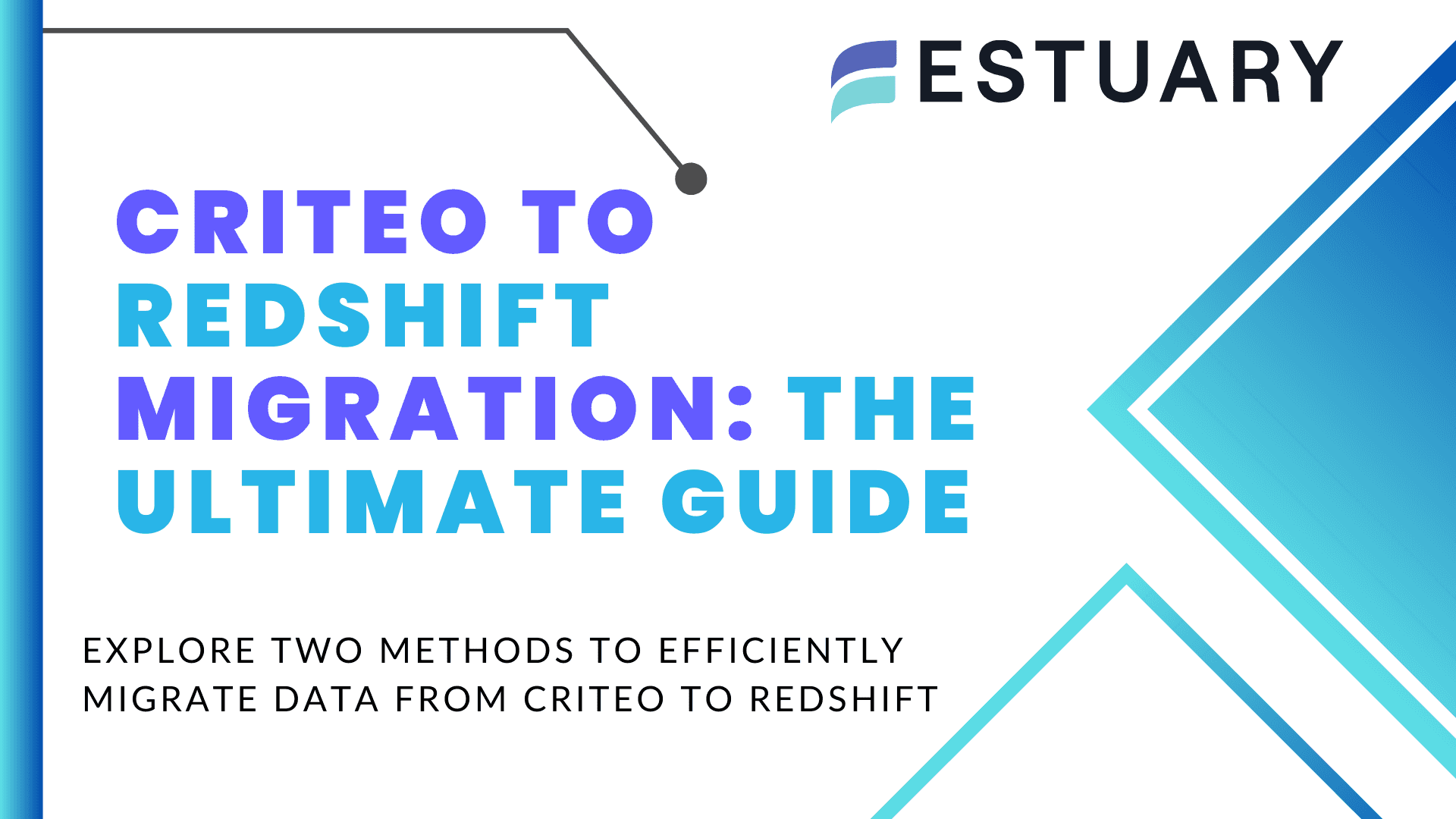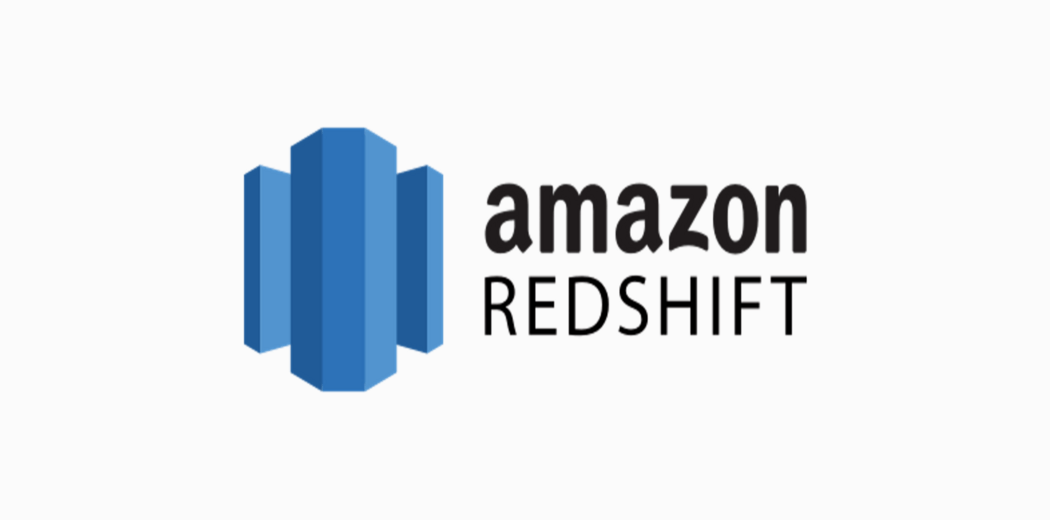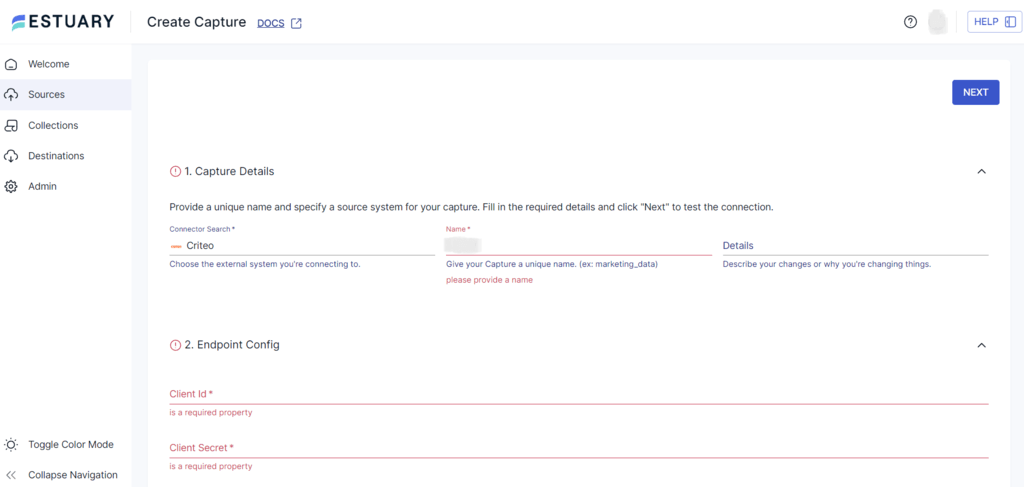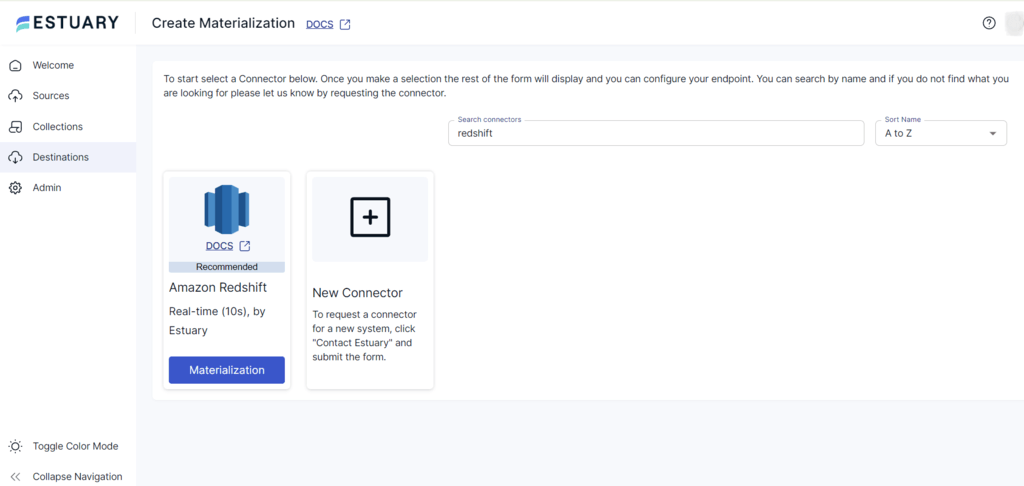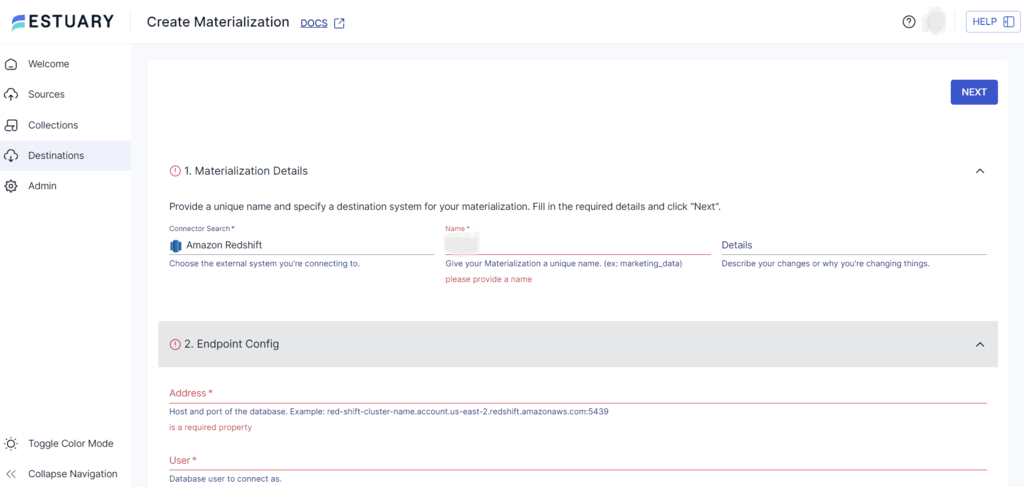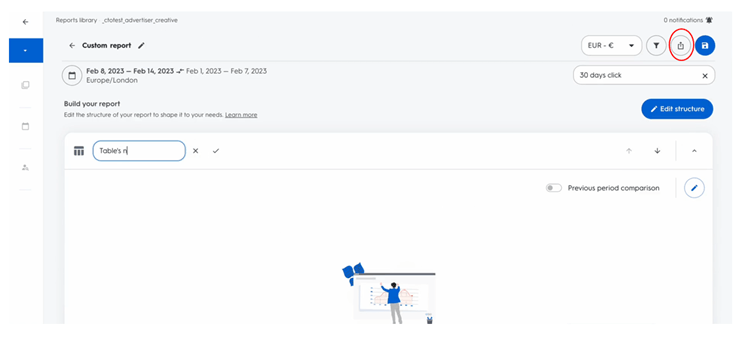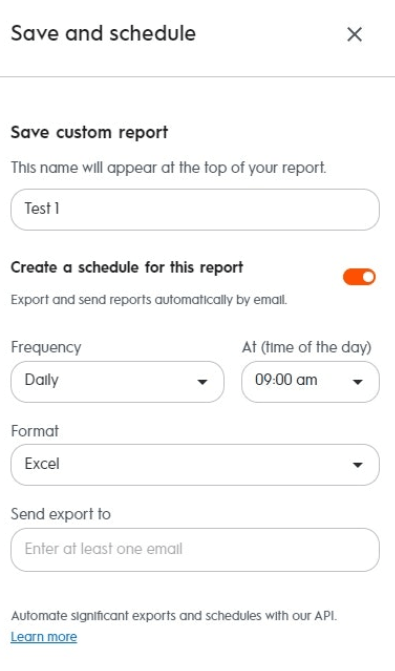
Criteo is a digital advertising platform that offers various solutions to streamline and optimize ad campaigns. However, businesses seeking deeper insights into their advertising performance may find Criteo's built-in reporting tools limited as the platform focuses on surface-level metrics such as clicks, impressions, and basic conversions. This makes it challenging to analyze conversion funnels, assess ad variations, or integrate Criteo data with external sources for a holistic view of customer behavior.
Migrating Criteo data to Amazon Redshift provides a feasible solution. Redshift's robust data warehousing allows for highly customizable dashboards, in-depth analysis, and seamless integration with other data sources. This can help your business uncover hidden campaign performance insights, leading to better ad optimization, audience targeting, and overall results.
This article will explore two methods for migrating data from Criteo to Redshift, helping you choose the best approach for your needs.
If you're ready to dive straight into the methods & steps, click here to jump to the methods for moving data from MariaDB to Snowflake.
What Is Criteo?
Criteo is a commerce media platform that enables you to craft brand advertisements across your business network. It is one of the sole unified platforms connecting advertisers with retailers and publishers and promoting commerce across the open internet.
Among Criteo's impressive features is its retargeting strategy, which utilizes user behavior-based cookies to provide you with valuable insights. This strategy enables you to target relevant customers with personalized ads, facilitating optimized returns and enhanced revenues. Criteo also offers a wide range of products, including Mobile app advertising, Audience selection, Web traffic generation, and more.
Key Features of Criteo
- Dynamic Retargeting: Criteo uses AI technology to eliminate the need for extensive research hours and energy drains, helping clients identify the markets to enter confidently. This personalization ensures that they connect with the correct set of consumers the first time.
- Mobile Marketing: Criteo provides a mobile marketing app for retargeting strategies and consumer engagement. Its algorithm identifies individuals actively engaging with the app and optimizes revenue accordingly.
- Retailer Campaigns: The retailer campaign functionality is designed to create visually appealing and scalable retail campaigns. These competitive metrics enable organizations to benchmark themselves against the competition in the e-commerce marketplace.
- Generate Website Traffic: Criteo’s focus is not only on increasing website traffic but also on attracting the right audience to the online store. It supports using ML and high-quality data to streamline the customization of targeted campaigns and digital advertisements.
What Is Amazon Redshift?
Amazon Redshift is a powerful, fully managed cloud data warehousing service offered by Amazon Web Services. It is designed to handle large-scale data analytics workloads efficiently and cost-effectively.
One of its impressive features is its columnar storage architecture, which stores data in columns rather than rows. This enhances query performance and improves compression, significantly reducing storage costs and boosting overall system performance.
Another significant feature of Amazon Redshift is its ability to seamlessly integrate with various business intelligence (BI) tools, such as Tableau and Power BI. This integration enables you to easily analyze and visualize data stored in Redshift.
Key Features of Amazon Redshift
- Advanced Query Accelerator (AQUA): Amazon incorporates AQUA, a distributed and hardware-accelerated cache capable of enhancing Redshift’s query performance up to 10 times compared to alternative enterprise cloud data warehouses.
- Comprehensive Analytics and ML: Amazon Redshift offers advanced analytical capabilities and seamless integration with machine learning through Redshift ML. This simplifies predictive analytics, allowing you to create, train, and deploy ML models using familiar SQL commands.
- Massively Parallel Processing (MPP) Architecture: Redshift’s MPP architecture ensures efficient parallel processing of complex queries. It separates compute and storage, allowing independent scaling of resources. This design optimizes performance for large-scale data workloads, optimizing performance and cost.
How to Connect Criteo to Redshift
The customer journey in the e-commerce industry can be erratic at times, and targeting a particular segment of users requires marketing tools such as Criteo. So, If you are seeking a quick and efficient solution to transfer data from Criteo to Redshift for improved analytics, follow these two methods:
- The Automated Way: Using Estuary Flow to Connect Criteo to Redshift
- The Manual Approach: Using the CSV Export/Import method
The Automated Way: Using Estuary Flow to Connect Criteo to Redshift
Estuary Flow is a versatile platform designed to efficiently manage and process data workflows. It offers enhanced scalability and integration capabilities. The intuitive interface and pre-built connectors streamline the setup process of robust pipelines, ensuring seamless integration and reliable migration of Criteo data to Amazon Redshift.
Benefits of Using Estuary Flow
- Efficient and scalable real-time streaming with Estuary Flow helps to establish connections across diverse cloud platforms, databases, and SaaS applications.
- With over 300 easy-to-configure, no-code connectors, setting up a data integration pipeline using Estuary Flow will only take a few minutes and minimal technical expertise.
- It supports Change Data Capture functionality, which identifies changes made to the source data and moves them to the destination. The CDC approach proves more efficient when managing numerous databases and sources that undergo frequent changes.
- Flow provides flexible pricing plans for organizations with specific requirements. This pricing flexibility enables you to scale your analytics infrastructure efficiently while optimizing costs across System Licenses, Infrastructure, and Staff training.
Now, let's understand the step-by-step process of migrating data from Criteo to Redshift.
Prerequisites
- A Criteo account
- Redshift
- An Estuary account
Step 1: Configure Criteo as the Source
- Sign in to your Estuary account to access the dashboard.
- To configure Criteo as the data source, click the Sources option on the left navigation pane.
- Click the + NEW CAPTURE button at the top, and in the Search connectors field, type Criteo.
- When you see the Criteo connector in the search results, click on its Capture button to navigate to the connector’s configuration page.
- On the Create Capture page, fill in the details like Name, Client Id, Client Secret, and Start Date.
- Click the NEXT button at the top right corner, then SAVE AND PUBLISH to configure Criteo as the source. The connector will capture data from your Criteo account into Flow collections.
Step 2: Configure Redshift as the Destination
- Click on the Destination option on the left side navigation pane.
- On the Destinations page, click on the + NEW MATERIALIZATION button.
- Search for Redshift using the Search connectors field on the Create Materialization page. Click on the connector’s Materialization button to proceed to the configuration page.
- Provide the details such as Name, Address, User, Password, S3 Staging Bucket, Access Key ID, Secret Access Key, and Region.
- You can also manually select the collections to materialize by clicking the SOURCE FROM CAPTURE button in the Source Collections section.
- Finally, click NEXT > SAVE AND PUBLISH to configure Redshift as the destination end of the data pipeline.
The Manual Approach: Using the CSV Export/Import method
An alternative method to migrate data from Criteo to Redshift involves manually exporting data from Criteo and importing it into Amazon Redshift.
Here are the steps for the manual data migration.
Step 1: Exporting Data from Criteo
- Organizations can use Criteo's Analytics module to customize and schedule reports, which can later assist in exporting data. Click on the Export icon on the top right corner of the dashboard to download the report you need.
- Click the Save view button beside the export icon to save your desired dashboard.
- Criteo allows you to assign a name to the scheduled report and select the desired format (CSV, PDF, or Excel). Reports within Criteo can be scheduled daily, monthly, or weekly, according to your preference. To review all the scheduled reports, simply navigate to the designated section in the navigation bar.
Step 2: Importing Data into Amazon Redshift
Use the COPY command to import data into Amazon Redshift. This command facilitates data import from Amazon S3 buckets to Amazon Redshift.
To import Criteo reports in CSV file format into Redshift with intermediate staging in Amazon S3, follow these steps:
- Locate the CSV file intended for import to Amazon Redshift and upload it to the Amazon S3 bucket.
- Once the CSV file is in the S3 bucket, transfer its contents to the designated destination table using the COPY command.
plaintextCOPY table-name
[ column-list ]
FROM data_source
authorization
[ [ FORMAT ] [ AS ] data_format ]
[ parameter [ argument ] [, ... ] ]
CREDENTIALS'aws_access_key_id=<key>;aws_secret_access_key=<secret-key>' data_source;
For example:
COPY customer (col1,col2, col3)
FROM 's3://<your-bucket-name>/load/file_name.csv'
credentials 'aws_access_key_id=<Your-Access-Key-ID>;aws_secret_access_key=<Your-Secret-Access-Key>'CSV;Specifying the CSV keyword in the COPY command automatically enables Amazon Redshift to recognize the file format of the data to be imported.
Limitations of CSV Export/Import Method
Some of the associated limitations when using CSV file export/import include:
- Prone to Errors: Human error is a significant risk that can lead to inaccuracies and inconsistencies in the integrated data, impacting the quality of analytics and decision-making.
- Limited Scalability: As data volumes grow, importing/exporting CSV files can be burdensome as scaling manual processes requires more human resources, which can be cost-intensive.
- Time-consuming: Manual import/export of CSV files often requires significant time and effort to extract, transform, and load (ETL) the data. This manual effort may slow down the overall data integration process, especially when dealing with massive amounts of data.
The Takeaway
Integrating data from Criteo to Redshift provides multiple benefits, including advanced analytics for effective decision-making and improved operational efficiency. You can move your Criteo data to Redshift using the manual CSV export/import method or Estuary Flow. The manual CSV export/import method can be time-consuming and increasing maintenance overhead can be troublesome.
With Estuary Flow, the data integration process eliminates the need for custom coding and enables almost instantaneous data synchronization from Criteo to Redshift. Consider a reliable, user-friendly data integration tool for a seamless and effortless setup.
With Estuary Flow’s 300+ pre-built connectors, you can easily connect diverse data sources and destinations in just a few minutes. To get started, register for free here or log in.
Frequently Asked Questions (FAQs)
- What are the common challenges while moving data from Criteo to Redshift?
Moving data from Criteo to Redshift can present challenges such as data format compatibility, consistency, volume, and quality. - What type of data can be transferred from Criteo to Redshsift?
Various types of data can be transferred, such as advertising campaign data, user interactions, website analytics, etc. - How can I monitor and track data movement from Criteo to Redshift?
You can use monitoring tools and a dashboard to track the status of data pipelines, monitor data transfer latency, throughput, and error rates, and receive alerts for any issues or anomalies detected during the data migration. - What are the top ETL tools for transferring data?
The top ETL tools for transferring data from Criteo to Redshift include Estuary Flow, Fivetran, StitchData, and Matillion.

About the author
With over 15 years in data engineering, a seasoned expert in driving growth for early-stage data companies, focusing on strategies that attract customers and users. Extensive writing provides insights to help companies scale efficiently and effectively in an evolving data landscape.





